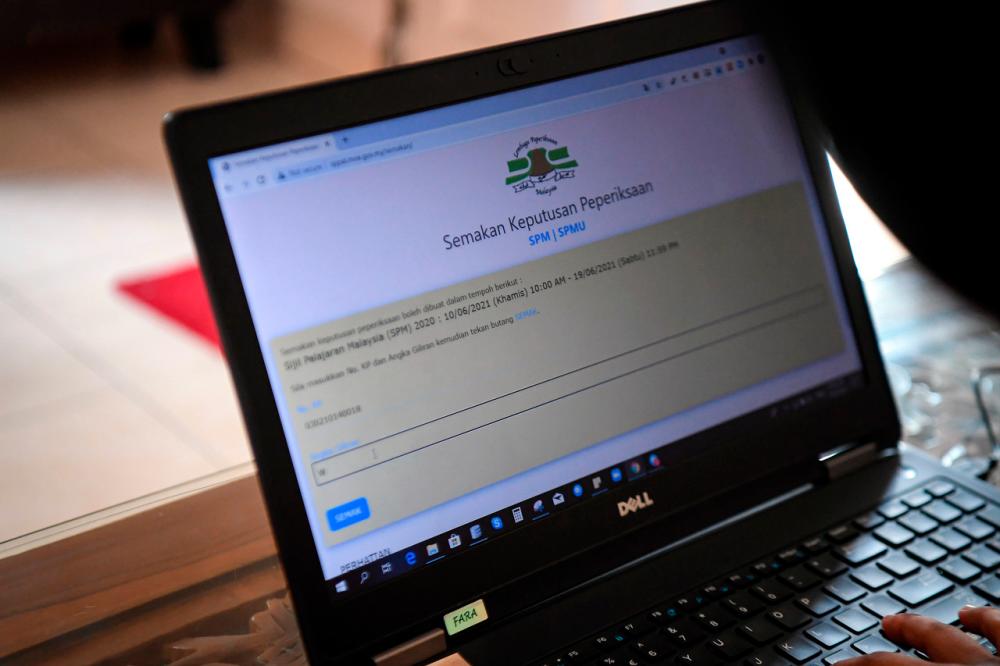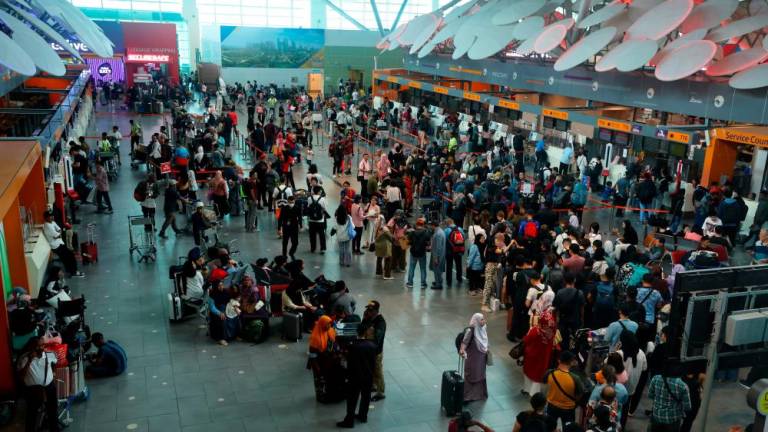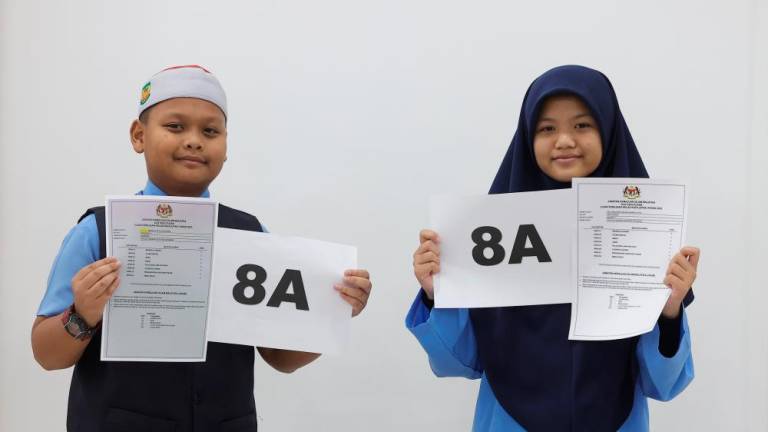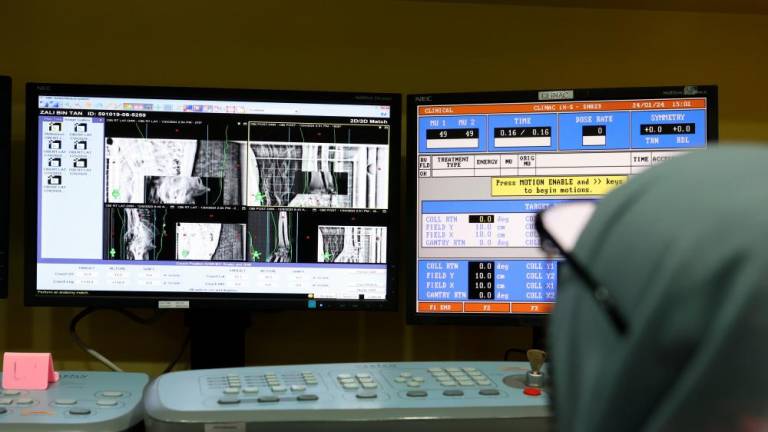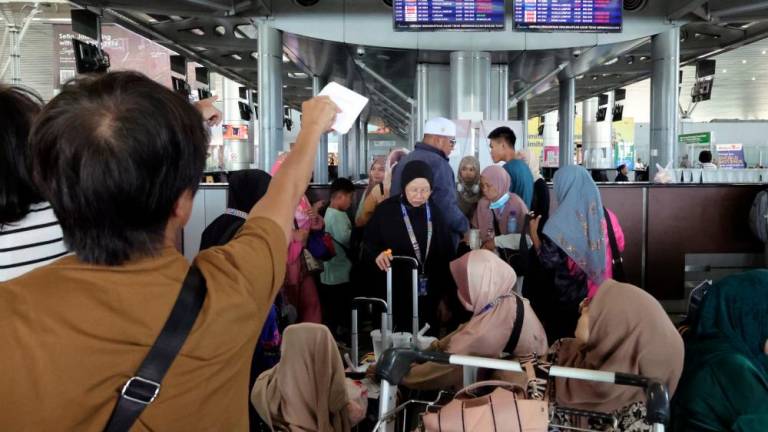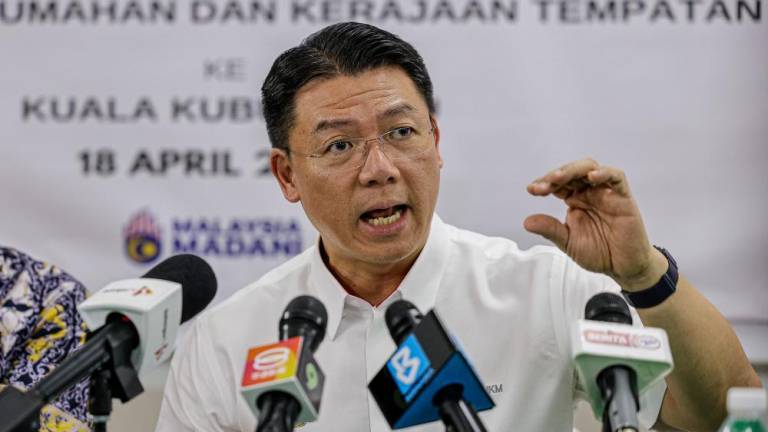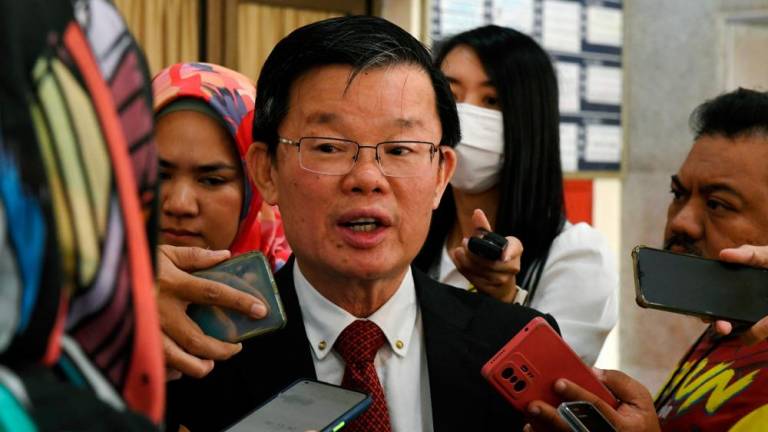KUALA LUMPUR: The Sijil Pelajaran Malaysia (SPM) 2020 results which was announced last Thursday (June 10) is still a hot topic being discussed by several parties.
Following the announcement, questions and doubts have been raised as to whether the Ministry of Education (MOE) had been transparent over the performance achievement, which saw the national average grade (GPN) for SPM 2020 candidates improve to 4.80 compared to 4.86 in 2019, the highest in the last five years, despite the onset of the Covid-19 pandemic.
From the results, it is clear that the pandemic situation since last year had not affected the education system, in fact it is seen that students had done better under such circumstances.
As such, the 110-day school closure last year and the online learning approach that replaced the conventional face-to-face learning too had proven to be successful.
On top of that, it also showed that all the fuss over the lack of internet access and devices as well as teachers and students’ confusion, in adapting to home-based teaching and learning (PdPR) had been overcome by the MOE.
To improve the existing system, an expert in the education field believes that the MOE needs to be more transparent in interpreting the results instead of just highlighting the good points.
The encouraging results give the public the impression that PdPR is running smoothly and needs no improvement, according to Universiti Kebangsaan Malaysia (UKM) Education Leadership and Policy Studies Centre chairman Assoc Prof Dr Azlin Norhaini Mansor.
“From the SPM 2020 results, it seems that the students’ learning was not affected during the pandemic and the MOE has managed to address all the problems arising from the situation since last year,“ she told Bernama.
It is as if the MOE is not affected at all by the current situation, when the ministry should be more willing to share the real impact of the Covid-19 pandemic on student learning.
This is because during last year’s learning session, there were countless challenges and until now, although teachers, students and parents are slowly adapting and accepting PdPR, there are still gaps that need to be narrowed.
“In this case, MOE must identify the weaknesses that still need to be improved to assist the SPM 2021 cohort as much as possible.
“The announcement on the fine performance of the SPM 2020 results is not a sign that there are no weaknesses, moreover, the 2021 cohort is different and they may require different learning methods,“ she said.
SPM 2021 candidates who will be sitting for the examination in March 2022, are faced with greater challenges because since Form 4, they have less opportunity to experience face-to-face learning at school and the situation is expected to continue this year.
On top of that, if they are faced with pandemic fatigue, they would grow tired, stressed, bored and are not eager to learn after being confined at home and following online learning for a long period of time.
This is an area which the MOE must look into because if the problem is not addressed, it is feared that the students’ thinking, health and learning process will be drained, she said.
However, according to Azlin, if we look positively at the increase in the number of candidates who had scored grade A in all subjects, it shows that students are becoming more mature in managing their time and learning independently, without having to rely much on their teachers.
“Indeed, there are students who are more comfortable learning on their own and PdPR is much easier for them. Online learning gives students the chance to get as much additional information as possible without the help of teachers and just depending on the school syllabus.
“This situation is not only limited to students in the urban areas, but also those living in rural areas,“ she said.
However, several PdPR aspects need improvement and should be enhanced, including collaboration among teachers and parents to diversify teaching methods and the use of devices.
Azlin who had earlier conducted a survey involving 4,985 teachers nationwide, found that the teachers’ readiness to implement PdPR was relatively high at 3.73 points (on a scale of 1 to 5).
The survey also revealed several aspects that need to be emphasised to improve PdPR implementation, among them in terms of teacher professional development, collaboration among teachers and parents, as well as matters related to school administrators’ leadership and management skills.
As such, MOE needs to continuously study in finding a mechanism to identify problems faced by school administrators, teachers and students as well as ways to assist them to improve the quality of existing teaching and learning, she added. -Bernama



